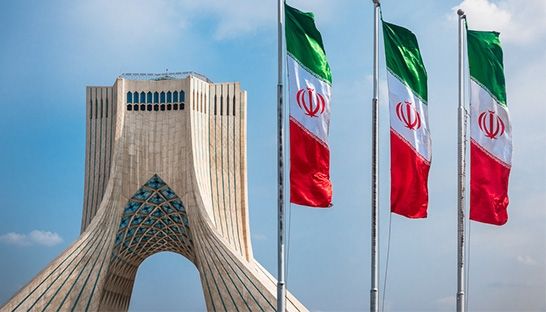Iran’s Currency Crisis: A Confluence of Economic Strains and Political Turmoil
The Iranian rial has recently plunged to unprecedented lows, with the exchange rate reaching 780,250 rials to the US dollar. This sharp depreciation underscores the deepening economic crisis facing Iran, a situation exacerbated by escalating political tensions and regional conflicts.
Economic Factors Contributing to the Rial’s Decline
Several interrelated economic challenges have contributed to the rial’s devaluation:
-
Inflationary Pressures: Iran has been grappling with soaring inflation rates, particularly in essential goods. In February 2025, reports indicated that cooking oil prices had surged by 40%, rice prices nearly doubled, and staples like potatoes and onions experienced significant price hikes. These increases have placed immense pressure on the average worker’s cost-of-living basket, which rose from 300 million rials ($325) to 380 million rials ($413) over a two-month period. (en.wikipedia.org)
- Sanctions and Economic Isolation: The reimposition of stringent U.S. sanctions, particularly targeting Iran’s oil exports and financial institutions, has severely restricted the country’s access to international markets. This isolation has led to a significant reduction in foreign currency inflows, further devaluing the rial.
Political Turmoil and Its Impact on the Rial
The rial’s decline is also closely linked to Iran’s political landscape:
-
Nuclear Negotiations and Diplomatic Strains: Ongoing nuclear talks with the United States have reached an impasse, with both parties entrenched in their positions. Iran’s Supreme Leader Ayatollah Ali Khamenei has rejected U.S. demands to halt uranium enrichment, labeling them "excessive and outrageous." This deadlock has heightened uncertainty and investor apprehension, contributing to the rial’s depreciation. (reuters.com)
- Regional Conflicts and Military Setbacks: Iran’s involvement in regional conflicts, notably in Syria and Lebanon, has not only strained its military resources but also led to significant economic losses. These setbacks have diminished investor confidence and further isolated Iran on the global stage.
Potential Pathways to Stabilization
Addressing the rial’s decline necessitates a multifaceted approach:
-
Economic Reforms: Implementing structural reforms to diversify the economy and reduce dependency on oil exports could mitigate the impact of sanctions. Additionally, measures to control inflation and stabilize the domestic market are crucial.
-
Diplomatic Engagement: Renewed diplomatic efforts to resolve nuclear negotiations and ease tensions with the international community could lead to the lifting of sanctions, providing a much-needed boost to the economy.
- Regional Cooperation: Strengthening ties with neighboring countries and regional partners could open new avenues for trade and investment, aiding in economic recovery.
In conclusion, the Iranian rial’s unprecedented decline is a symptom of deeper economic and political challenges. A comprehensive strategy addressing both internal reforms and external relations is imperative for stabilizing the currency and ensuring Iran’s economic resilience.

Leave a Reply